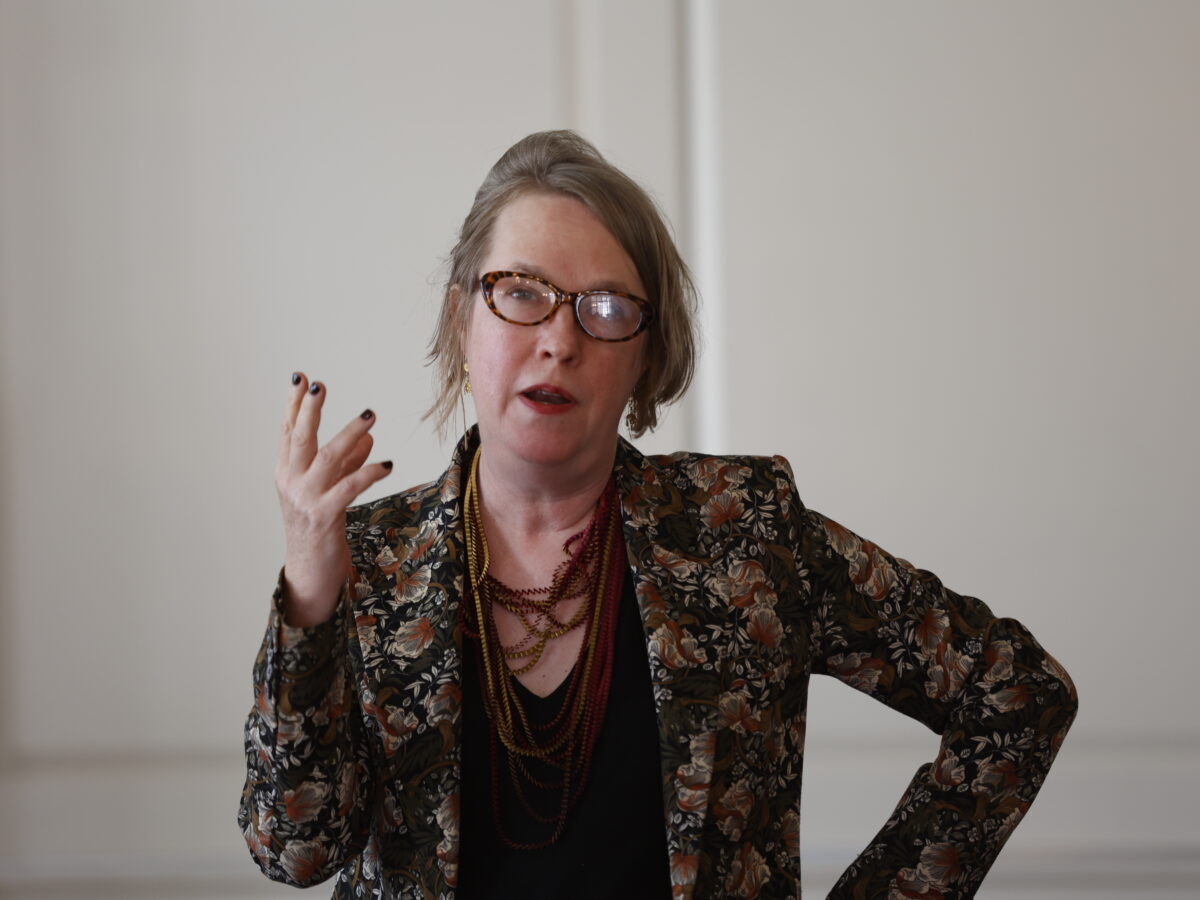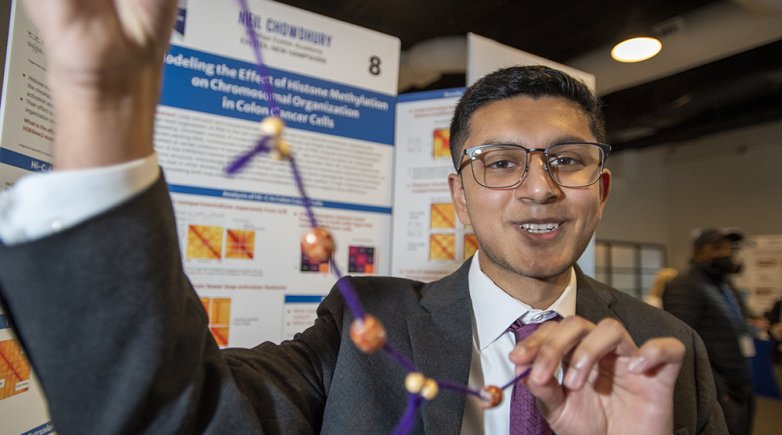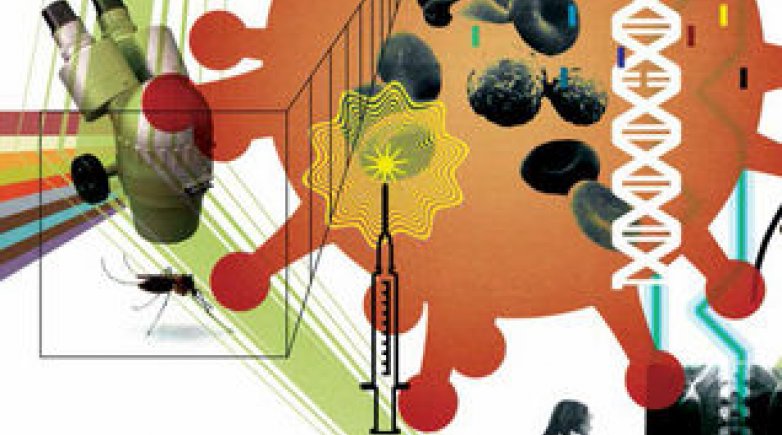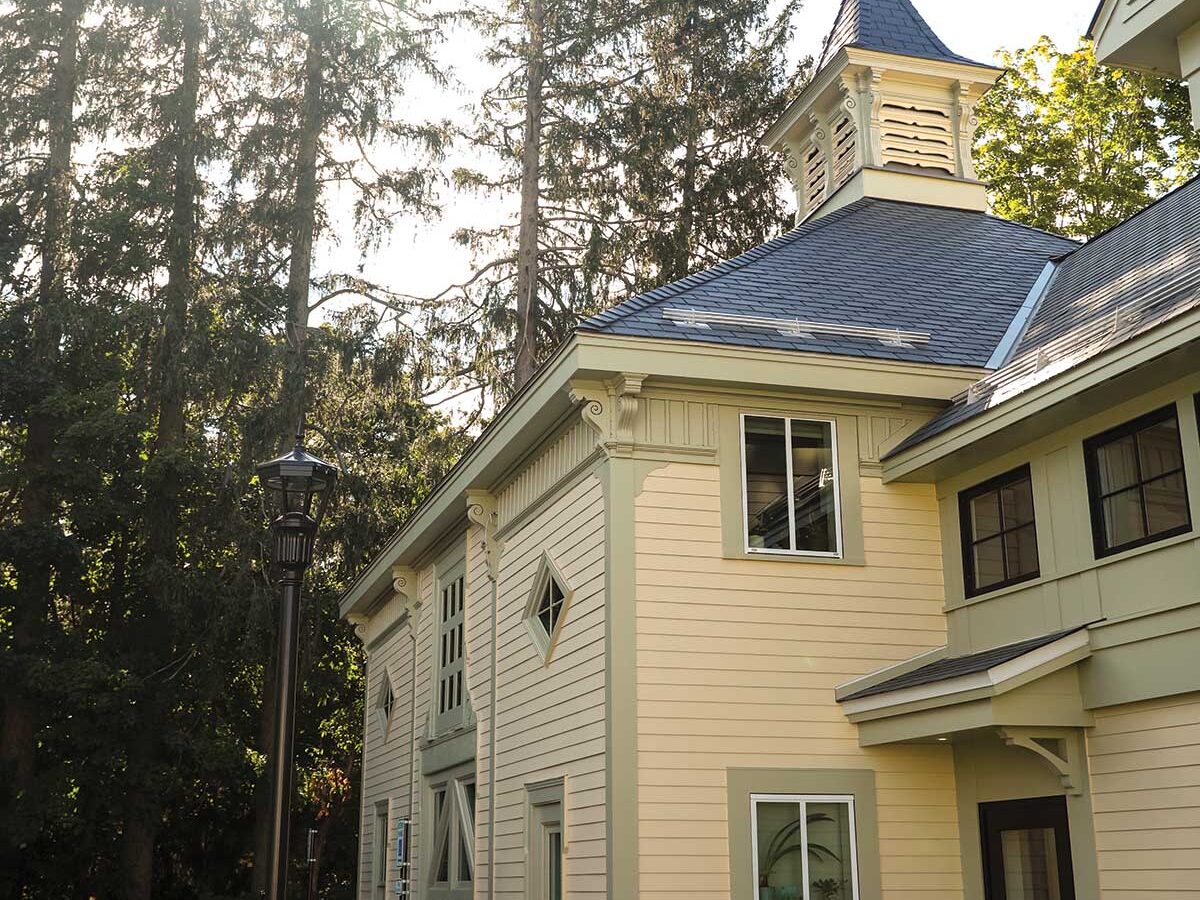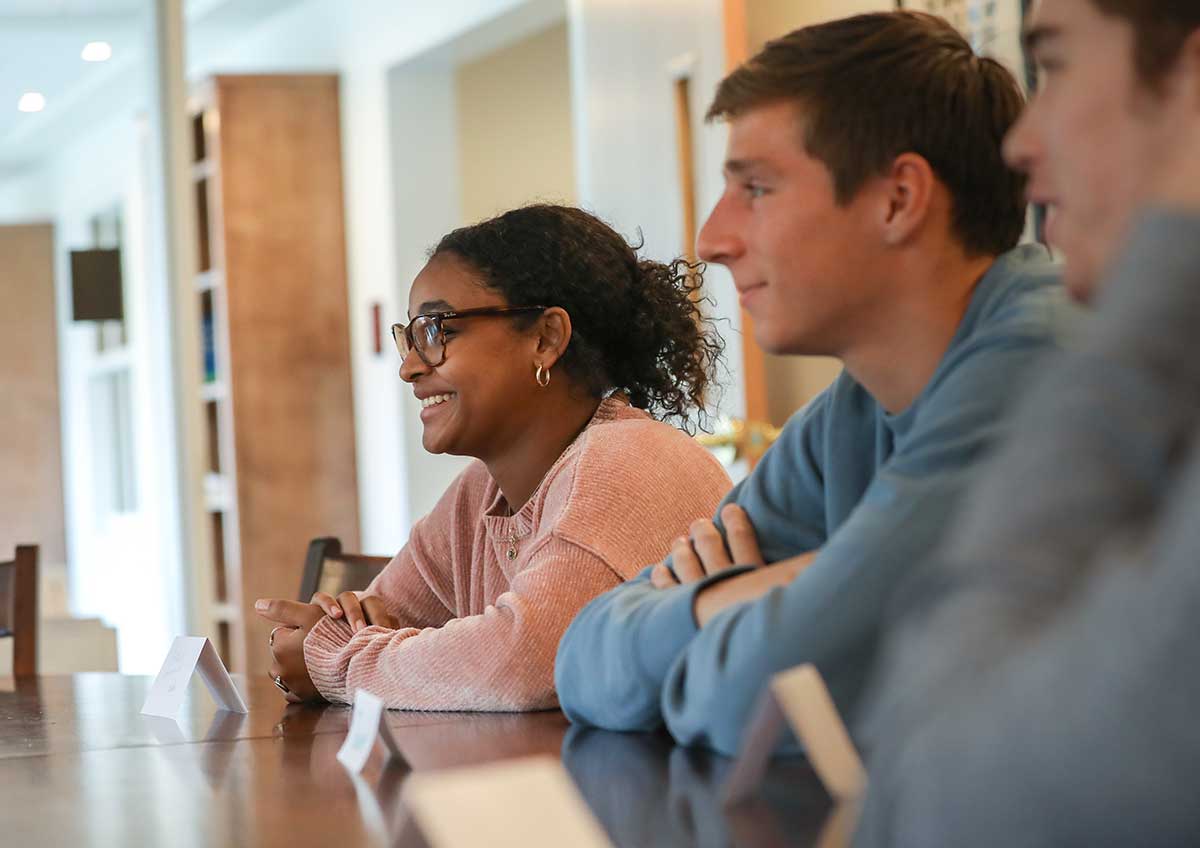At Exeter, all four classes live together, and most students remain in the same dorm for their entire time at the Academy. Proctors and student listeners return to campus early each fall to be trained for their responsibilities, and the mentoring that occurs between older and younger students is important to the personal development of both. A strong sense of belonging for every student in the dorm is central to creating a strong sense of belonging to the school as a whole, and it is not surprising that our alumni typically identify first with their class year, and second with their dorm.
This fall, we celebrate the opening of the first new dorm on campus since 1969. It’s a multipurpose building that houses 60 students and five resident faculty, as well as an academic space with four Harkness classrooms and a department meeting room for our Health and Human Development Department. The building also frames a spacious lawn with two other dorms, creating an exciting new community space on campus.
To ensure the best possible residential experience for our students, and to attract and retain the finest faculty, it is essential that we continually renovate our dorms in line with the latest principles of accessibility and sustainable construction. Outfitted with geothermal heating and cooling, the new dorm is a testament to that commitment. It will be used to house students from Merrill and Langdell Halls as we embark on the renewal of those historic dorms and the construction of an expansive new dining complex on the site of Wetherell Dining Hall.
In the opening paragraph of our Deed of Gift, John and Elizabeth Phillips expressed their belief that “the time of youth is the important period.” Indeed, it is a time to learn about one’s self and develop a sense of purpose and identity, and to consider one’s place in the larger whole. Our residential programs are an essential component of this process at Exeter, and they are critical to our mission to unite goodness and knowledge and inspire youth from every quarter to lead purposeful lives.
Editor’s Note: This article first appeared in the fall 2022 issue of The Exeter Bulletin.
